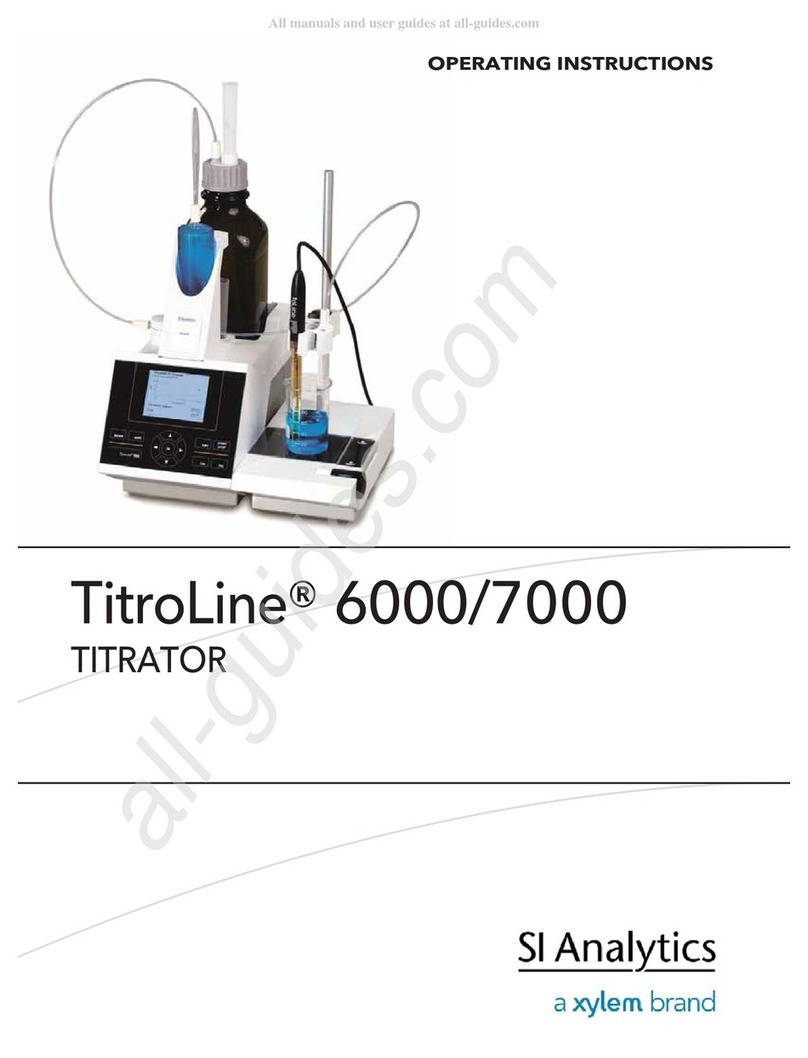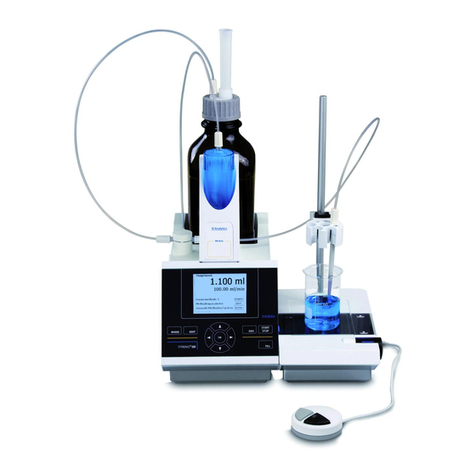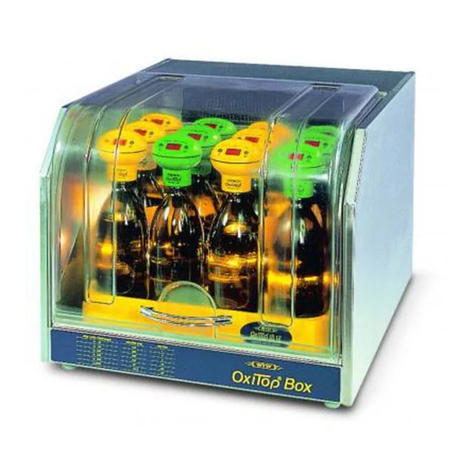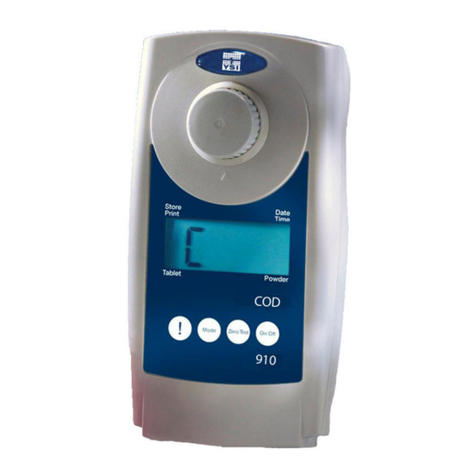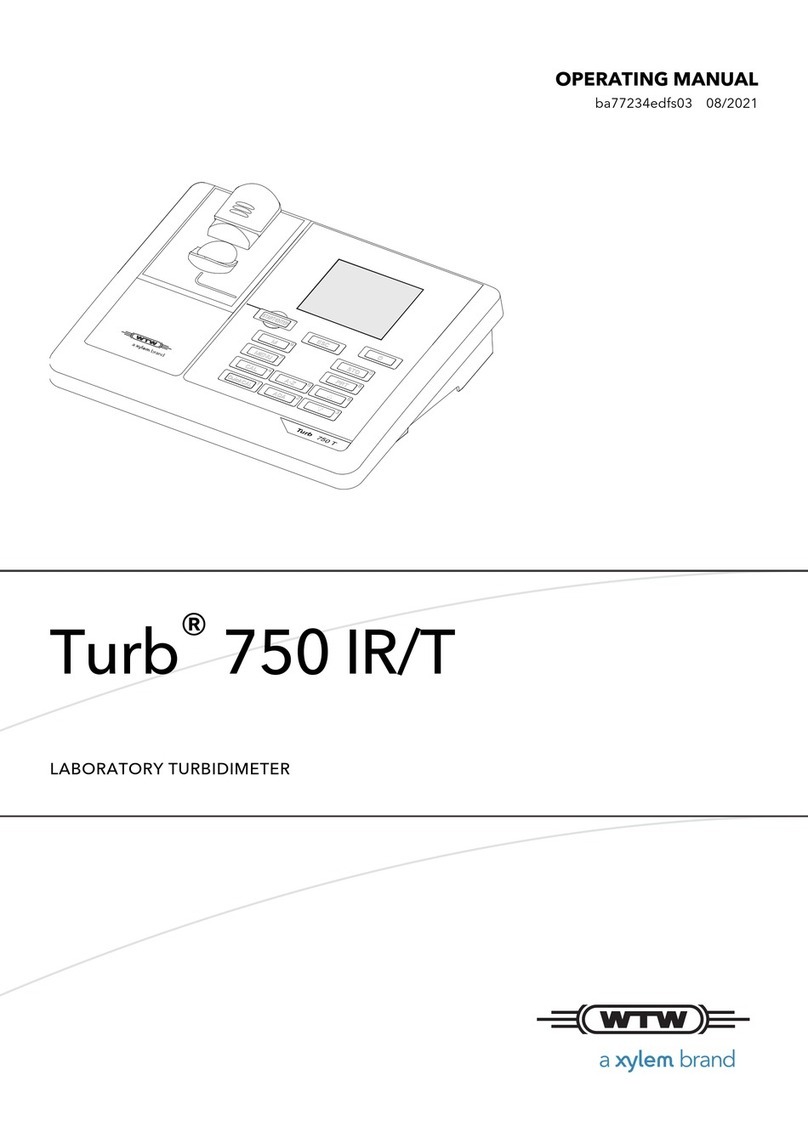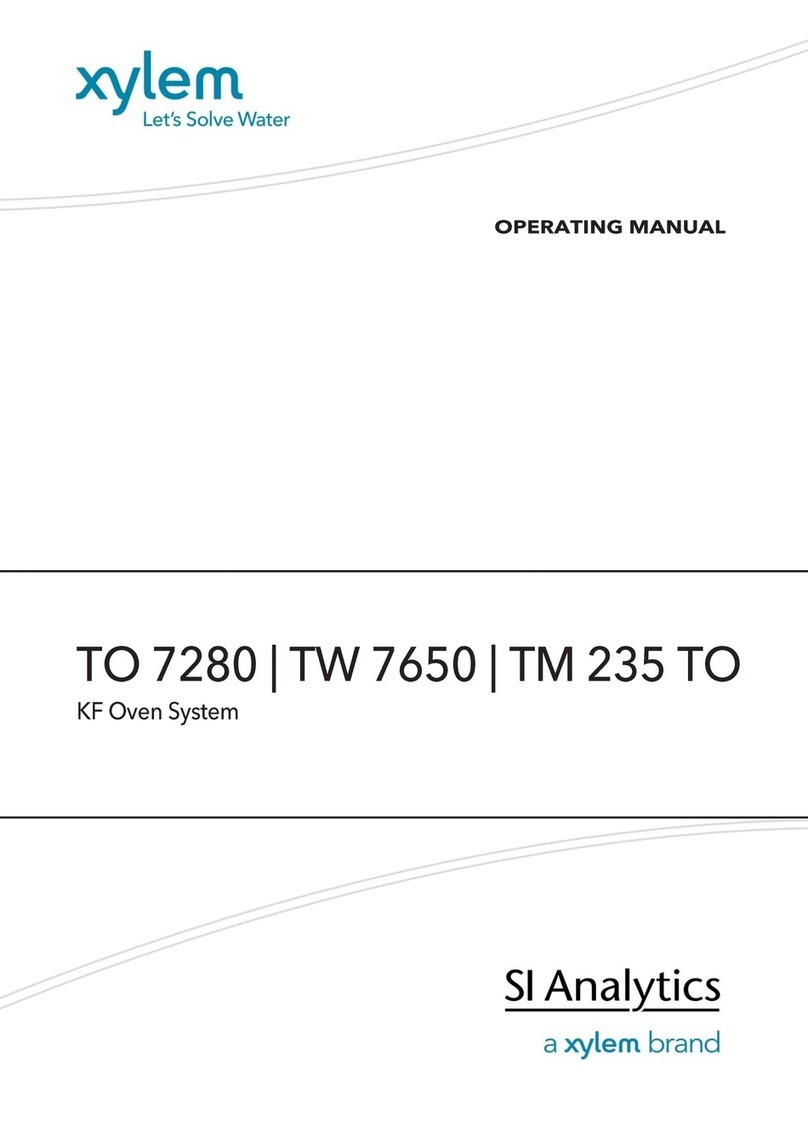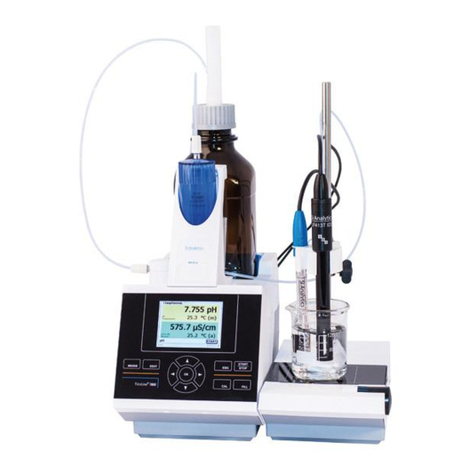
Warning and safety information1.4
The device corresponds to protection class III.
It was manufactured and tested according to DIN EN 61 010, Part 1, "Protective Measures for electronic
measurement devices" and control devices and has left the factory in an impeccable condition as concerns
safety technology. In order to maintain this condition and to ensure safe operation, the user should observe the
notes and warning information contained in the present operating instructions. Development and production is
done within a system which meets the requirements laid down in the DIN EN ISO 9001 standard.
For reasons of safety, the device must only be used for the range of application described in the present
operating manual. Nonobservance of the intended proper use of the device may result in personal injury or
damage to property.
For reasons of safety, the devics and the power supply must be opened by authorised persons only; this
means, for instance, that work on electrical equipment must only be performed by qualified specialists. In case
of nonobservance of these provisions the titrator and the power supply may constitute a danger:
electrical accidents of persons or fire hazard! Moreover, in the case of unauthorised intervention in the
titrator or the power supply, as well as in the case of negligently or deliberately caused damage, the warranty
will become void.
Prior to switching the device on it has to be ensured that the operating voltage matches the mains voltage.
The operating voltage is indicated on the specification plate (underside of the device and backside of the
power supply). Nonobservance of this provision may result in damage to the titrator and the power
supply, or in personal injury or damage to property!
If it has to be assumed that safe operation is impossible, the device has to be put out of operation
and secured against inadvertent putting to operation. In this case please switch the device off, pull plug of
the mains cable out of the power supply, and remove the device from the place of work.
Examples for the assumption that a safe operation is no longer possible,
if the package is damaged,
if the device shows visible damages,
if the power supply shows visible damages,
if the device does not function properly,
if liquid has penetrated into the casing.
if the unit has been altered technologically or if unauthorized personnel tried or succeeded to open the
device as attempt to repair it.
In case that the user operates such a device, all thereof resulting risks are on the user!
The device must not be stored or operated in humid rooms.
The relevant regulations regarding the handling of the substances used have to be observed: The
Decree on Hazardous Matters, the Chemicals Act, and the rules and information of the chemicals trade. On
the part of the user it has to be ensured that the persons entrusted with the use of the unit are experts in the
handling of substances used in the environment or that they are supervised by specialized persons,
respectively.
For all work with chemicals: Always wear protective glasses! Please observe the memorandums of the
employer's liability insurance associations and the safety data sheets of the manufacturers.
The device is equipped with integrated circuits (EPROMs). X rays or other high energy radiation may
penetrate through the device’s casing and delete the program.
For working with liquids, not beeing common titration solvents, especially the chemical resistance of the
construction materials of the device have to be considered (see 1.3 Technical Specifications).
For the use of liquids with high vapour pressure or (mixture of) substances not being mentioned in
1.3 Technical Specifications) as allowed substances, the safe and proper operation of the device has to be
guaranteed by the user. When the piston moves upwards within the cylinder, a microfilm of dosing liquid or
titration solution will always remain adhered to the inner wall of the cylinder, but this has no influence on the
dosing accuracy. This small residue of liquid, however, may evaporate and thus penetrate into the zone
underneath the piston, and if non-admitted liquids are being used, the materials of the may be dissolved or
corroded (see 8Maintenance and Care of the Titrator).
